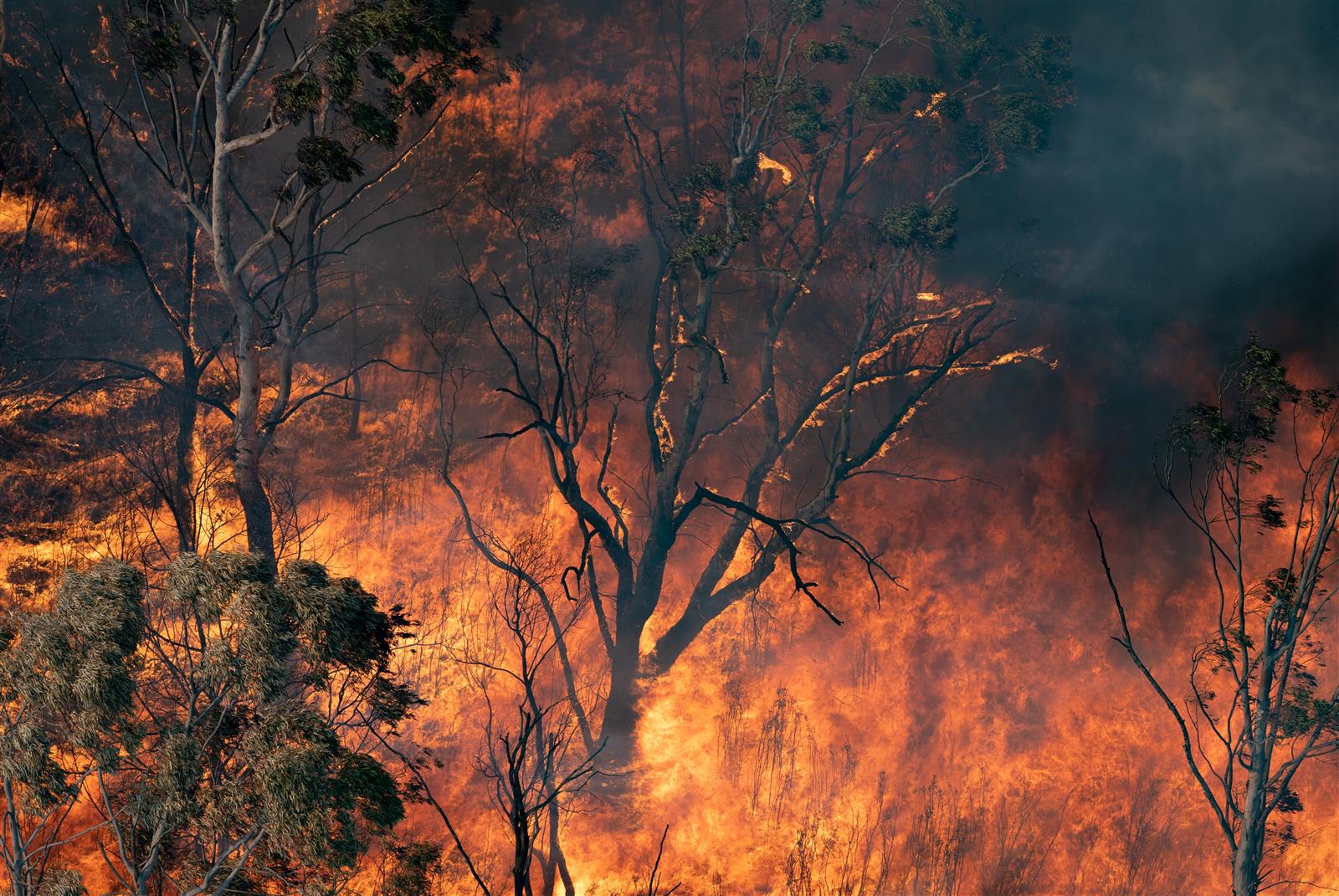
The severity, complexity and changing nature of Australia’s bushfire seasons and the research that informs planning and response are showcased in a new podcast series.
The Debunks series of podcasts, produced by Cosmos and 9Podcasts, speaks with Natural Hazards Research Australia’s (NHRA) CEO Andrew Gissing, as well as NHRA researcher Dr Hamish Clark (University of Melbourne) and previous Cooperative Research Centre postgraduate alumnus Dr Steve Sutton, to get to grips with issues such as the Australian Fire Danger Rating System, community and individual preparedness, fireproofing property, Australia’s fire history and the influence of climate change.
In the episode ‘Do I really have to leave when the rating is catastrophic?,’ Andrew discusses individual fire preparedness rates, as well as the psychological obstacles to people leaving at-risk areas early.
“Generally, people aren’t well prepared for natural hazards across the country. Most people are also unprepared to leave on the basis of a weather report,” Andrew said.
Following the 2009 fires in Victoria, where conditions were outside the bounds of the McArthur Fire Danger Rating system, research informed the establishment of a more flexible index that ensured continuity of messaging and actions across states and territories.
Andrew states the importance of being prepared, but also individuals’ responsibility to actively monitor emergency information.
“It’s really good to have numerous ways to get warnings, so it’s not just about the [emergency] app and it’s not just about the text messages you might be getting. It’s about having a battery-powered radio so you can listen to the ABC and other emergency broadcasters to get current, local information.”
Adjunct Professor Jim McLennan (La Trobe University and Black Saturday social research lead for the Bushfire CRC) raises the ongoing challenge facing emergency broadcasters and responders to leave early when conditions are dangerous, especially when residents haven’t faced a fire threat before.
“The challenge for community safety units in the rural fire agencies is a bit like that of painting the Sydney Harbour Bridge – you never finish. You get to one end, and you start again at the other,” Jim said.
In the episode ‘Do hazard reduction burns really work?’ Dr Hamish Clark outlines how prescribed burning works and why local details matter the most, such as fire regimes for any given area, the vegetation type and amount, as well as the terrain.
“A really important message is that the local landscape matters,” Hamish said.
He also explains the risks associated with prescribed burning and why the weather is one of the most important influencing factors of whether a prescribed burn can take place. As fire seasons become longer due to the influence of climate change, the weather windows when prescribed burning can take place safely also are changing – too wet and the vegetation won’t burn, but too dry and prescribed burns can escape and become a bushfire. Hamish also outlines the amount of planning and strategy required for every prescribed burn.
“You’ve got a kind of Goldilocks situation where you need the right weather conditions,” Hamish said.
“That is the minimum bar to jump. You don’t want to be doing it under the wrong conditions. But within that there is a very big planning system that goes into it. You’re thinking about risk in the landscape and areas that you want to target. You’re thinking about where communities are and where resources are.”
Jim McLennan is featured extensively. He led the then Bushfire CRC’s post fire social research after the 2009 fires in Victoria, where more than 600 residents were interviewed about their responses to warnings, behaviour during the bushfires and decision-making.
Jim spoke at length about the findings from this research, which included post-fire interviews with residents after fires at Lake Clifton (2011) and Perth Hills (2014) in Western Australia, Tasmania (2013) and Yass, Shoalhaven, Coonabarabran, the Blue Mountains, Southern Highlands and Port Stephens (2013) in NSW.
There are a further five episodes in the series on a range of topics. You can listen to the podcast on the Cosmos website or on your preferred podcast platform including Spotify
Photo: Ned Dawson, NSW RFS
| Submitted by |
Joanna Wood, Natural Hazards Research Australia |